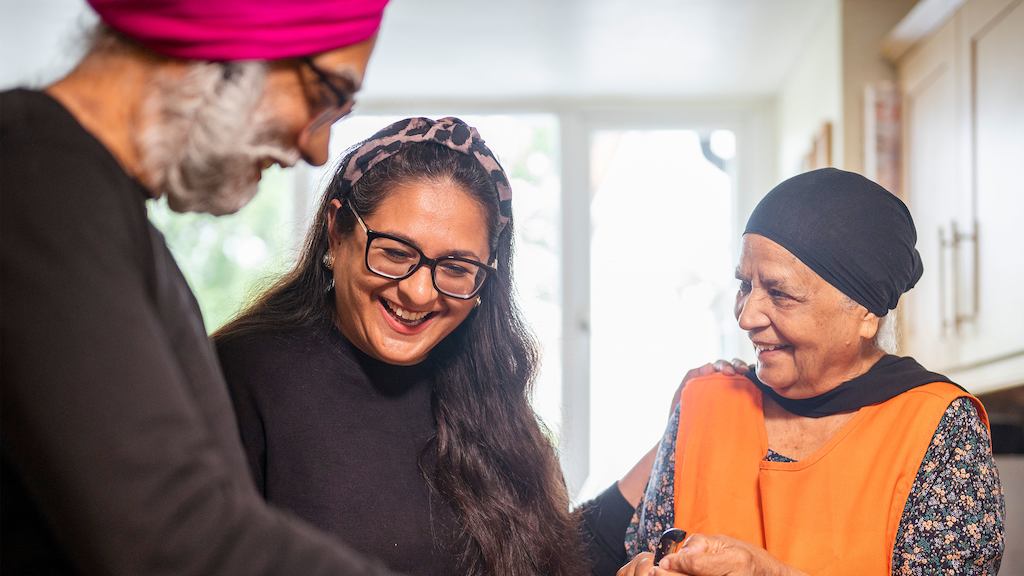The way our communities are designed, and run can actively encourage interaction and inclusion, but it may also unintentionally create barriers. The availability of certain community services and features such as transport, seating and public toilets can mean the difference between being able to get out and about to see friends and family and not being able to do so.
Furthermore, attitudes we hold towards ageing, for example about whether we are too old to try something new, might stop us making new friends and feeling part of things.
Building belonging in our communities means recognising these factors and taking action to remove barriers to connection – whether by improving access, challenging stigma, or creating new spaces for people to come together.
Although the evidence suggests that older age groups may in fact feel less lonely than younger age groups, there are some risk factors more specific to later life for example, retirement, bereavement or diminishing health or mobility.
Building strong social ties helps us to face these challenges positively, and keep active, stimulated and fulfilled as we age. Supporting people to stay connected at every stage of life is key to building inclusive and resilient communities.
This year’s theme, developed with the UK network of Age-friendly Communities, is a timely reminder of the value of connection, and the importance of making sure that people of all ages have the opportunity to feel that they belong and have strong, meaningful social connections.
Why social connections matter
- Good social connections in later life help maintain physical and mental health as we age. This includes reduced risk of cardiovascular disease, stroke, depression and dementia.
- When strong social ties are present in our communities, people are more likely to work together on local issues and take a more active role in political life.
- People aged 65 and over are most likely to volunteer. Volunteering boosts individual wellbeing, but is also vital for strengthening community bonds, delivering community services and improving our local environment.
- Older people are more likely to have a strong sense of belonging to their neighbourhood than younger age groups. But in more deprived areas this gap is smaller.
- Around six in ten people aged 50 and over believe that local people pull together to improve their neighbourhood. This increases with age but has decreased since 2021/22.
- Around one in twenty people aged 50 and over often or always feel lonely. This is lower than for other age groups. Those aged between 65 and 74 years are least likely to feel lonely often or always out of any age group.
- Age, gender, ethnicity, disability status and sexuality all impact the likelihood of people aged 50+ agreeing that there is someone there for them. For instance, 81% of non-disabled women agree with this, compared to only 58% of disabled men.
- Easy access to community facilities supports social interaction for older people. However, between 2010/11 and 2023/24 local authority spending on community centres and public halls declined by 19% and on libraries by 46%.
You can download these statistics as infographics here.

